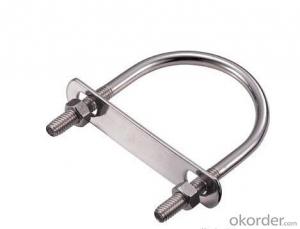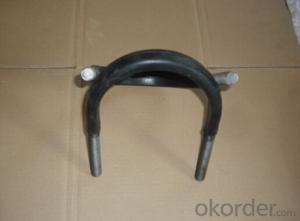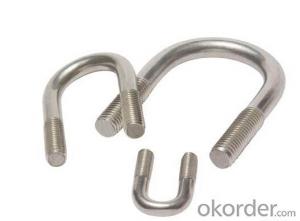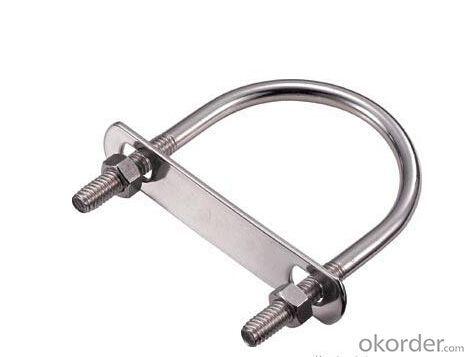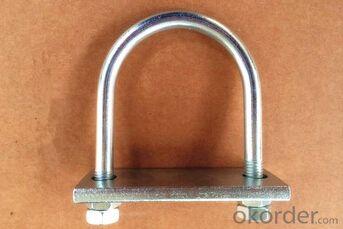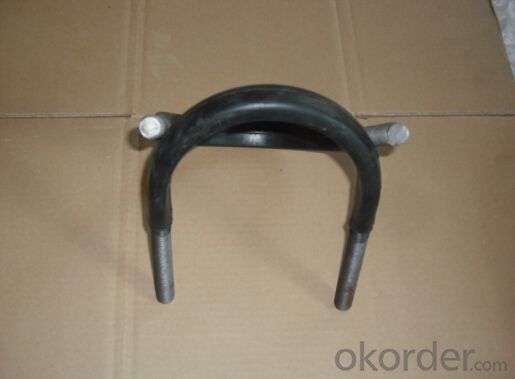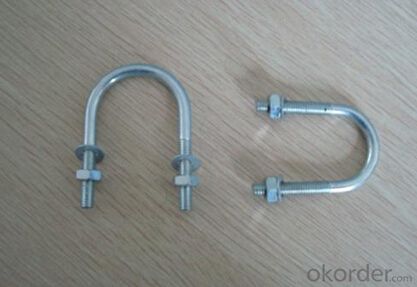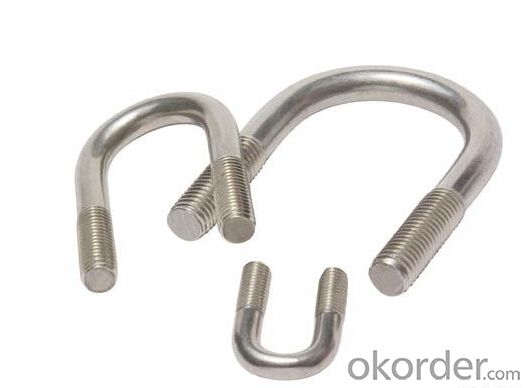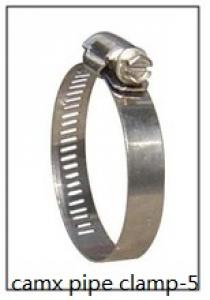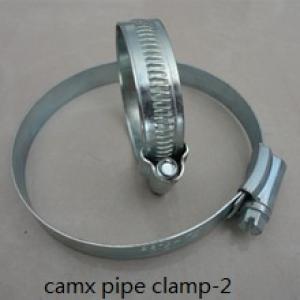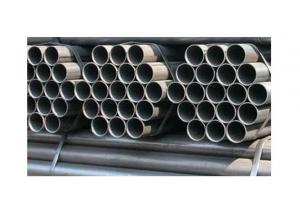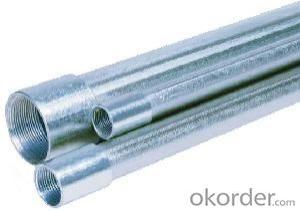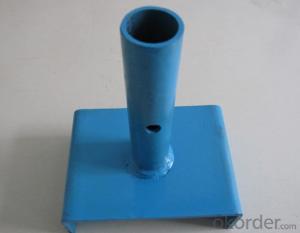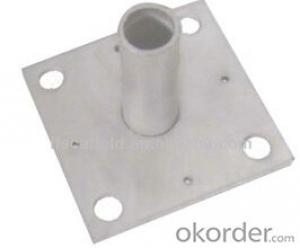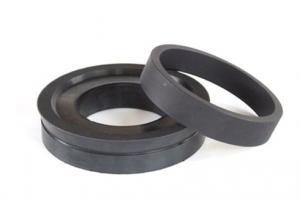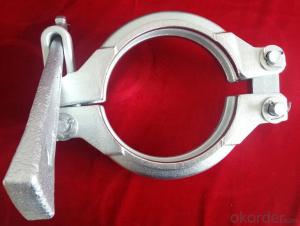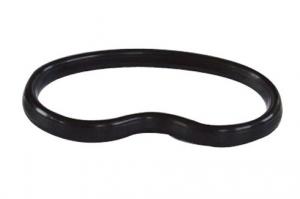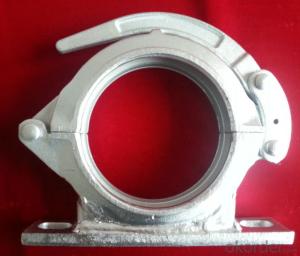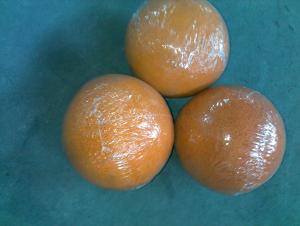Steel Galvanized U type pipe clampp with plate
- Loading Port:
- Shanghai
- Payment Terms:
- TT OR LC
- Min Order Qty:
- 10 set
- Supply Capability:
- 1000 set/month
OKorder Service Pledge
OKorder Financial Service
You Might Also Like
CONCRETE PUMP SPARE PARTS
Steel Galvanized U type pipe clampp with plate
Specifications
stainless steel u bolt clamp steel pipe
1.Manufactur supply directly.
2.Size:M4-M48.etc
3.ISO,SGS.
4.Grade:201,304,316...
stainless steel u bolt clamp steel pipe
Size:stainless steel u-bolts
M6x16-50
M8x20-100
M10x20-100
M12x20-100
M14x30-100
M16x30-100
M18x40-100
M20x40-100
M22x50-100
M27x50-100
M30x50-100
M36x50-100
material:stainless steel
201
304 0Cr18Ni9 304L 00Cr19Ni10
321 0Cr18Ni9Ti 316 0Cr17Ni12Mo2
316L 00Cr17Ni14Mo2 310S 0Cr25Ni20
surface:bright
Tolerance: +/-0.015mm
Grade: 4.6 4.8 5.6 5.8 6.8,etc
DN125 Concrete Pump Clamp Coupling
Type-HD
| 1.5" clamp HD |
2" clamp HD |
| 3" clamp HD |
| 4" clamp HD |
| 3"clamp HD (adjustable) |
| 4"clamp HD (adjustable) |
| 2.5" clamp HD |
| 5" clamp HD |
| 5" clamp HD (adjustable) |
Type-Bolt& snap
Bolt Clamp 2" |
| Bolt Clamp 3" |
| Bolt Clamp 4" |
| Bolt Clamp 5" |
| Bolt Clamp 6" |
| Bolt Clamp Boom Bracket Type 5" |
| Two Bolts Boom Clamp 5" |
| Snap Clamp 2" |
| Snap Clamp 3" |
| Snap Clamp 4" |
| Snap Clamp 4.5" |
| Snap Clamp 5" |
| Snap Clamp 6" |
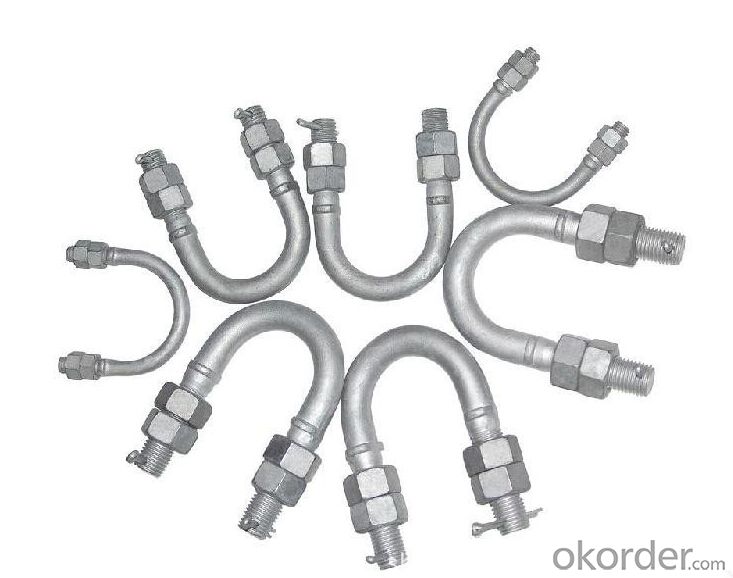
- Q: What are the advantages of using pre-assembled spare parts for concrete pumps?
- There are several advantages of using pre-assembled spare parts for concrete pumps. Firstly, pre-assembled spare parts ensure a quick and efficient replacement process. Since these parts are already assembled, they can be easily installed without any additional time or effort required for assembly. This helps to minimize downtime and maximize productivity on construction sites, as the concrete pump can be quickly repaired and put back into operation. Secondly, using pre-assembled spare parts guarantees a high level of quality and compatibility. These parts are manufactured by the original equipment manufacturer (OEM) or authorized suppliers, ensuring that they meet the required standards and specifications. By using genuine pre-assembled parts, the performance and longevity of the concrete pump are maintained, reducing the risk of malfunctions or breakdowns. Another advantage is the cost-effectiveness of pre-assembled spare parts. While the initial cost of these parts may be slightly higher than individual components, they often prove to be more cost-effective in the long run. By purchasing pre-assembled parts, construction companies can avoid the additional costs associated with assembly, such as labor and time. Additionally, using high-quality pre-assembled parts reduces the need for frequent replacements and repairs, saving money on maintenance and downtime expenses. Furthermore, pre-assembled spare parts offer convenience and reliability. Construction projects often have tight deadlines, and any delays can be costly. By having pre-assembled spare parts readily available, construction teams can quickly respond to any breakdowns or failures, minimizing disruptions to the project timeline. Additionally, the reliability of these parts ensures that the concrete pump will operate consistently and efficiently, reducing the risk of unexpected issues on the construction site. In conclusion, the advantages of using pre-assembled spare parts for concrete pumps include quick and efficient replacement, high quality and compatibility, cost-effectiveness, and convenience and reliability. By adopting these pre-assembled parts, construction companies can ensure smooth operations, minimize downtime, and maximize productivity on their projects.
- Q: How often should concrete pump agitator motors be inspected and replaced?
- Concrete pump agitator motors should be inspected regularly, ideally every six months, to ensure they are in proper working condition. However, the frequency of replacement depends on various factors such as usage, maintenance, and the overall condition of the motor. If any signs of wear, malfunction, or decreased performance are observed, immediate replacement is recommended to prevent further damage and ensure the smooth operation of the concrete pump.
- Q: What is the function of a concrete pump outrigger?
- The function of a concrete pump outrigger is to provide stability and support to the concrete pump while it is in operation. The outrigger extends from the sides of the pump and is used to distribute the weight of the pump and concrete being pumped, preventing it from tipping over or causing any instability.
- Q: What is the purpose of a concrete pump hopper agitator motor?
- The purpose of a concrete pump hopper agitator motor is to ensure the smooth and consistent flow of concrete within the hopper. The agitator motor is responsible for mixing and agitating the concrete mixture, preventing it from settling or becoming too thick. This motor helps to keep the concrete in a fluid state, ensuring that it can be easily pumped and distributed through the delivery system. Without the agitator motor, the concrete mixture may become stiff, leading to blockages and delays in the pumping process. Overall, the purpose of the concrete pump hopper agitator motor is to maintain the quality and efficiency of concrete pumping operations by keeping the mixture well-mixed and flowing smoothly.
- Q: How does a hopper vibrator prevent concrete blockages?
- A hopper vibrator is a mechanical device designed to prevent concrete blockages in construction equipment, such as concrete pumps and mixers. It works by applying vibrations to the hopper, which is the large container where the concrete is stored before it is poured or transferred. The main reason concrete blockages occur is due to the tendency of the material to settle and become compacted, especially when it is stored for a long time or during transportation. This can lead to clogging and obstruction of the flow of concrete, slowing down the construction process and potentially causing damage to the equipment. By using a hopper vibrator, the vibrations are transmitted to the concrete within the hopper, effectively preventing it from settling and compacting. The vibrations create a loosening effect on the concrete particles, ensuring that they remain in a more fluid state. This allows for a continuous and smooth flow of concrete, preventing any blockages or obstructions from occurring. Additionally, the vibrations from the hopper vibrator also help to dislodge any potential blockages that may have already formed. The shaking motion can break up clumps of concrete or other debris that might be blocking the flow, allowing for uninterrupted movement of the material. Overall, a hopper vibrator is an essential tool in construction equipment as it helps to maintain a consistent flow of concrete, preventing blockages and ensuring the smooth and efficient operation of the construction process.
- Q: How often should concrete pump booms be inspected and maintained?
- To ensure the safe and efficient operation of concrete pump booms, it is important to inspect and maintain them regularly. The frequency of these inspections and maintenance tasks will depend on how often and under what conditions the boom is used. Generally, it is recommended to inspect and maintain the boom at least once a month or after every 250 pumping hours, whichever comes first. During these inspections, it is crucial to carefully examine the boom for any signs of wear and tear, damage, or malfunctioning parts. The hydraulic system, including the hoses, cylinders, and valves, should be thoroughly inspected and tested for leaks, blockages, or malfunctions. Additionally, the structural integrity of the boom, such as the main boom, articulation points, and outriggers, should be checked for cracks, deformations, or signs of stress. Regular maintenance of the concrete pump boom should include cleaning and lubricating all movable parts, checking and adjusting the tension of the cables, belts, and chains, and replacing any worn-out or damaged components. It is also important to inspect and test the electrical and control systems to ensure proper functioning. In addition to regular inspections and maintenance, it is crucial to follow the manufacturer's guidelines and recommendations for specific maintenance intervals and procedures. Depending on the level of usage, working conditions, and any changes in performance or operation, it may be necessary to conduct more frequent inspections and maintenance. By conducting regular inspections and maintenance, concrete pump boom owners can reduce the risk of accidents, extend the lifespan of the equipment, and ensure optimal performance. It is always advisable to consult with the manufacturer or a qualified professional to determine the most suitable inspection and maintenance schedule for a specific concrete pump boom.
- Q: What are the different types of concrete pump hopper agitator motors?
- There are generally two types of concrete pump hopper agitator motors: electric motors and hydraulic motors. Electric motors are powered by electricity and are commonly used in smaller and portable concrete pumps. Hydraulic motors, on the other hand, are driven by hydraulic power generated by the concrete pump itself and are typically used in larger and stationary concrete pumps.
- Q: What are the safety measures to consider while replacing concrete pump spare parts?
- To ensure the safety of workers and the successful replacement process of concrete pump spare parts, it is important to consider several safety measures. Firstly, before beginning any maintenance or replacement work, it is crucial to adhere to proper lockout/tagout procedures. This involves disconnecting the equipment from its power source and using lockout devices to prevent accidental startup. This ensures that the equipment cannot be operated while replacement work is being carried out. Secondly, workers involved in the replacement process should wear the appropriate personal protective equipment (PPE). This includes safety goggles, gloves, hard hats, and steel-toed boots to protect against potential hazards such as flying debris, falling objects, or accidental contact with sharp edges. Additionally, prior to starting the replacement, a thorough inspection of the equipment should be conducted to identify any potential hazards or defects. This includes checking for damaged or worn-out parts, loose connections, or any signs of deterioration. If any issues are found, they should be resolved or repaired before proceeding with the replacement. Furthermore, proper lifting techniques must be utilized to prevent musculoskeletal injuries. Concrete pump spare parts can be heavy and bulky, so workers should be trained on lifting techniques and should use mechanical aids like cranes, hoists, or forklifts when necessary. When dealing with heavy or awkwardly shaped parts, team lifting should be employed. Moreover, the work area should be secured to prevent unauthorized access and ensure the safety of workers. This can be done by using barricades or caution tape to cordon off the area and provide warnings to others about the ongoing replacement work. Adequate lighting should also be provided for clear visibility. Using the right tools and equipment is crucial for safe and efficient replacement work. Workers should be trained on the proper use of tools and ensure that they are in good working condition. Using damaged or faulty tools can lead to accidents or improper installation of the spare parts. Lastly, it is important to follow the manufacturer's instructions and guidelines for replacing concrete pump spare parts. This includes understanding the correct sequence of steps, torque requirements, and any special precautions that need to be taken. Deviating from the manufacturer's instructions can compromise the safety and performance of the equipment. By implementing these safety measures, the risk of accidents, injuries, or equipment damage can be minimized during the replacement of concrete pump spare parts. Safety should always be prioritized, and all workers involved should be properly trained and equipped to carry out the replacement work.
- Q: Are there any specific quality control measures for the production of concrete pump spare parts?
- Concrete pump spare parts are subject to specific quality control measures to guarantee that they meet the necessary specifications and are of excellent quality. Standardized production processes are one of the primary quality control measures employed. Manufacturers adhere to particular procedures and guidelines during the production of spare parts, ensuring consistency and accuracy. This involves using high-quality materials, precise measurements, and advanced manufacturing techniques. To further ensure quality, rigorous testing and inspection take place throughout the production process. Dimensional checks, hardness tests, and material composition analysis, among others, are conducted to identify any defects or deviations from the required standards. Prompt corrective actions can then be taken. To continuously improve production processes, manufacturers may implement quality management systems like ISO 9001. These systems establish quality objectives, monitor performance, and implement corrective actions when needed. Furthermore, manufacturers may seek third-party quality assessment and certification. Independent organizations conduct audits and inspections to ensure that the spare parts meet the required quality standards. Certifications from these programs provide customers with assurance regarding the quality and reliability of the spare parts. In conclusion, the production of concrete pump spare parts undergoes strict quality control measures to meet necessary specifications and ensure high quality. These measures contribute to the performance, durability, and reliability of the spare parts in concrete pump applications.
- Q: What are the advantages of using ceramic components in concrete pump spare parts?
- Using ceramic components in concrete pump spare parts offers several advantages. Firstly, ceramic materials are renowned for their exceptional durability and resistance to wear. Given the high pressure and intense forces that concrete pumps operate under, it is crucial to have components that can withstand such conditions. Ceramic parts possess superior hardness and strength, making them highly resistant to wear and extending the lifespan of spare parts. Secondly, ceramic components boast excellent corrosion resistance. Concrete consists of various chemicals and substances that can corrode metals. By utilizing ceramic parts, the risk of corrosion is significantly reduced, ensuring the longevity and reliability of the concrete pump spare parts. Furthermore, ceramic materials exhibit low friction coefficients. Consequently, when ceramic components are incorporated into concrete pumps, there is less friction between moving parts. This results in reduced energy consumption and increased efficiency. Ultimately, this can lead to cost savings and improved overall performance of the concrete pump. Moreover, ceramic parts possess high thermal resistance. Concrete pumps generate substantial heat during operation, which can potentially damage or deform certain components. However, ceramic materials can withstand high temperatures without compromising their structural integrity. This ensures the reliability and safety of the concrete pump. Lastly, ceramic components demonstrate excellent dimensional stability. They are less susceptible to expansion or contraction caused by temperature changes. This feature guarantees that spare parts maintain their shape and fit precisely within the concrete pump. Consequently, this precision fitting helps minimize leakage and maintain the pump's efficiency. In summary, the utilization of ceramic components in concrete pump spare parts offers exceptional durability, corrosion resistance, low friction, high thermal resistance, and dimensional stability. These advantages contribute to an increased lifespan, improved performance, reduced maintenance costs, and enhanced overall efficiency of the concrete pump.
Send your message to us
Steel Galvanized U type pipe clampp with plate
- Loading Port:
- Shanghai
- Payment Terms:
- TT OR LC
- Min Order Qty:
- 10 set
- Supply Capability:
- 1000 set/month
OKorder Service Pledge
OKorder Financial Service
Similar products
Hot products
Hot Searches
Related keywords
